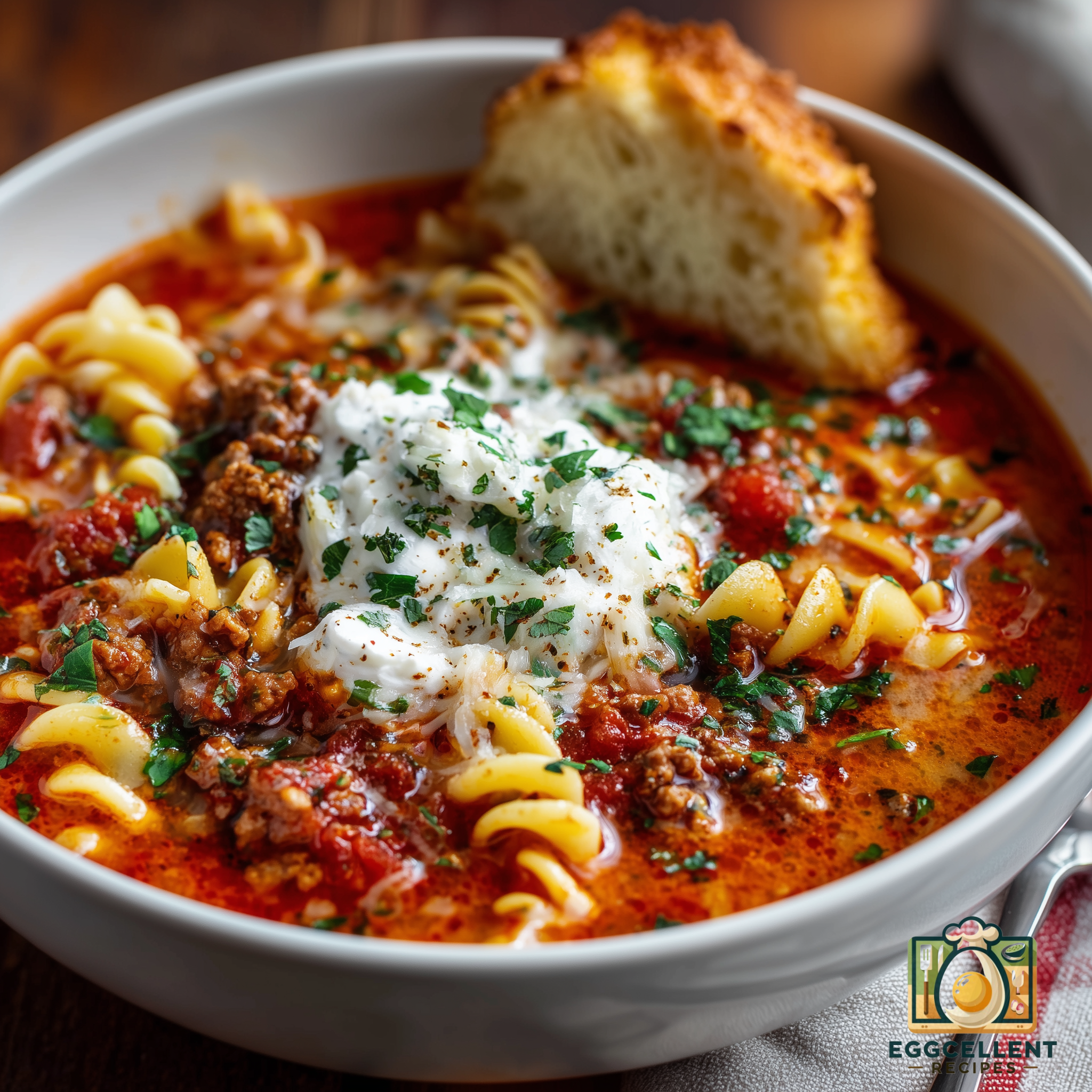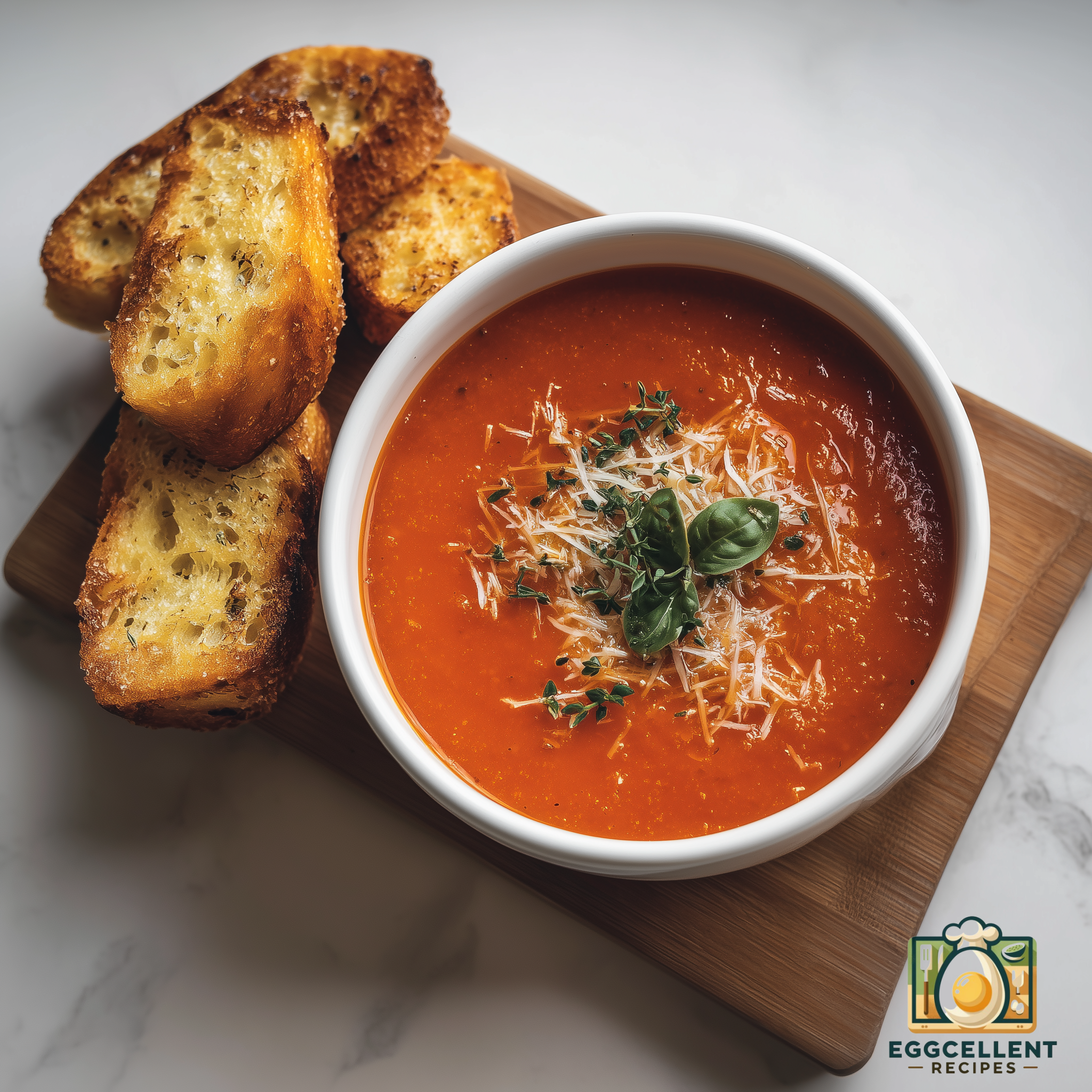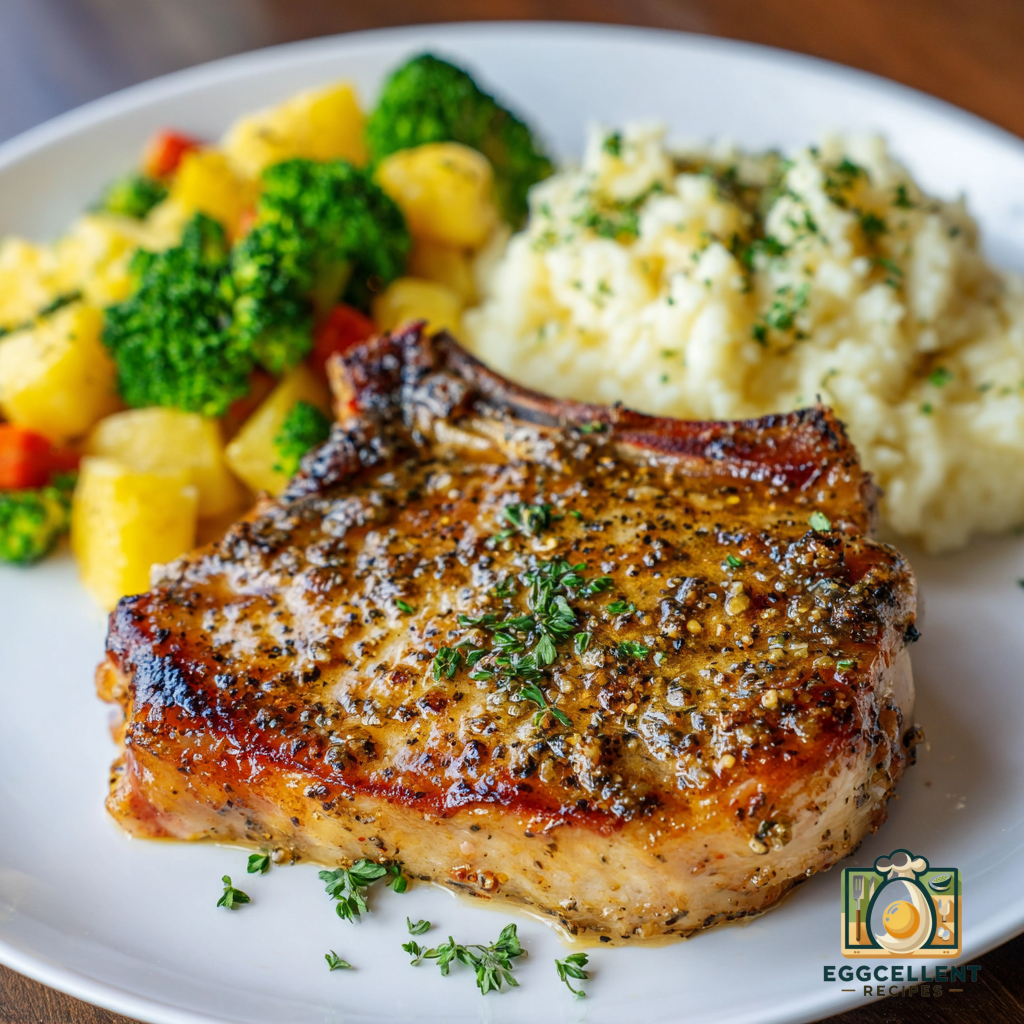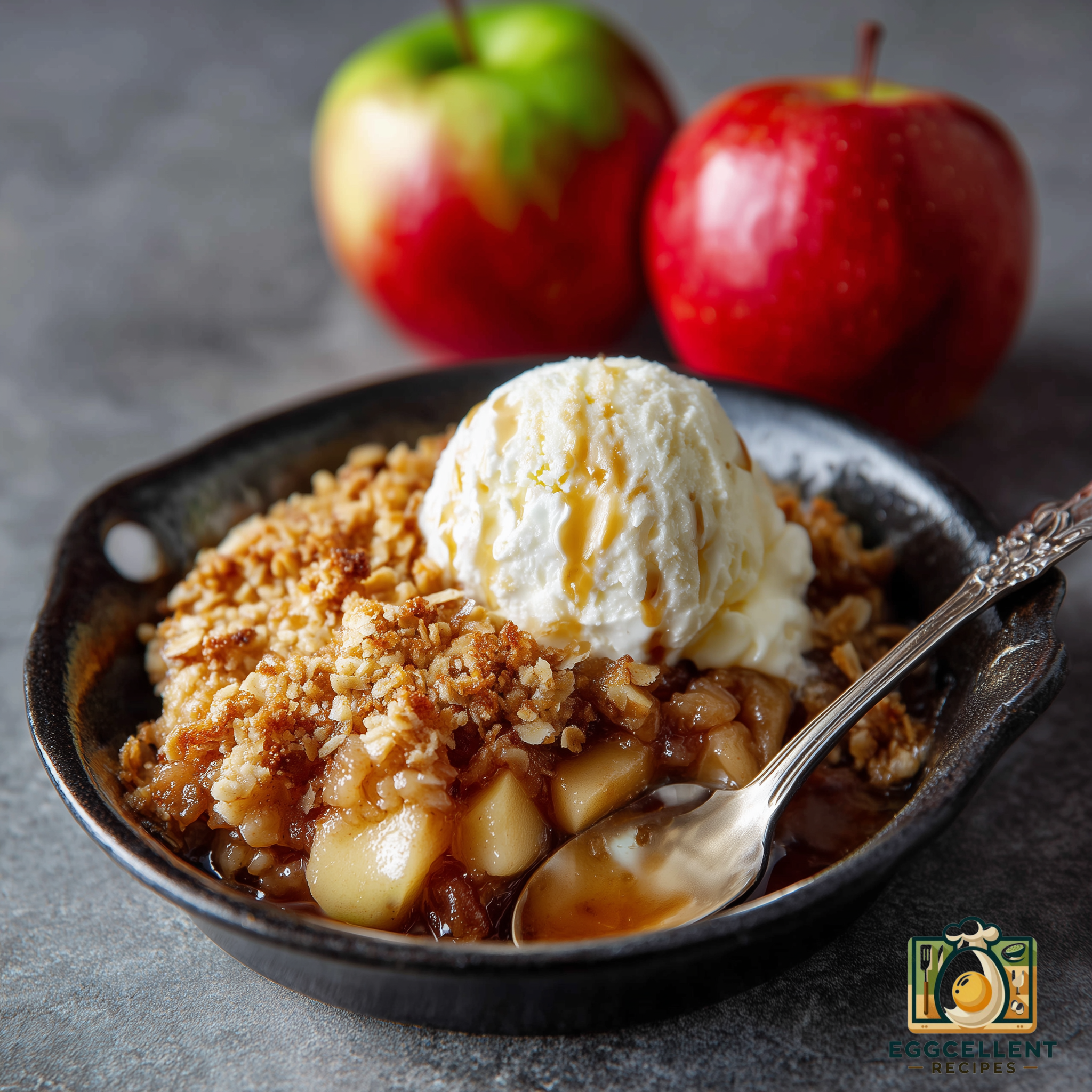
When it comes to maintaining a healthy weight or cutting calories, finding foods that are filling yet low in calories can be a game-changer. While no food truly has “zero” calories, some foods are so low in calories and high in water content that they’re often referred to as “zero-calorie” foods. These foods are nutrient-dense and can be enjoyed freely without significantly impacting your calorie count.
In this article, we’ll explore popular zero-calorie foods, why they’re beneficial, and how to incorporate them into your diet.
What Are Zero-Calorie Foods?
Zero-calorie foods are typically high in water, fiber, and essential vitamins and minerals while being low in calories. The body uses more energy to digest these foods than the calories they contain, making them ideal for weight loss or calorie-conscious diets. They can boost satiety, curb hunger, and help you stay hydrated, all while keeping your daily calorie intake low.
Top Zero-Calorie Foods to Enjoy
Here’s a list of delicious and satisfying zero-calorie foods to incorporate into your daily routine:
1. Celery
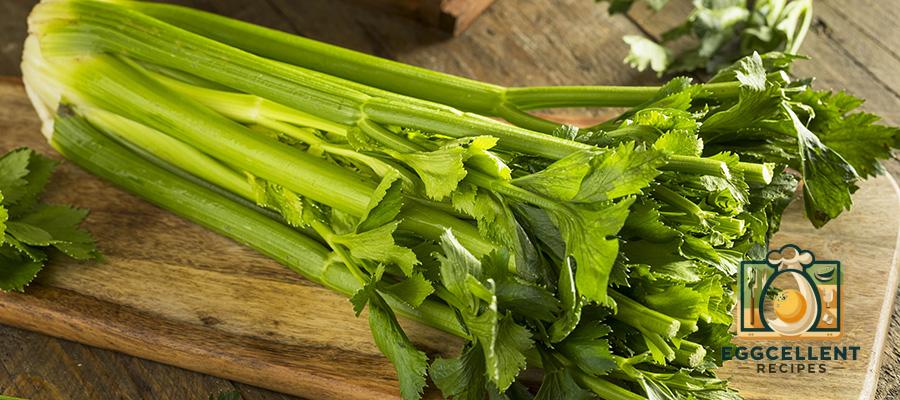
Celery is one of the most well-known zero-calorie foods, containing about 14 calories per 100 grams. This crunchy vegetable is mostly water, making it hydrating and low in calories.
- Benefits: High in fiber, vitamins A and C, and antioxidants.
- How to Use: Enjoy celery sticks with hummus, add it to salads, or use it in soups for added texture.
2. Cucumber
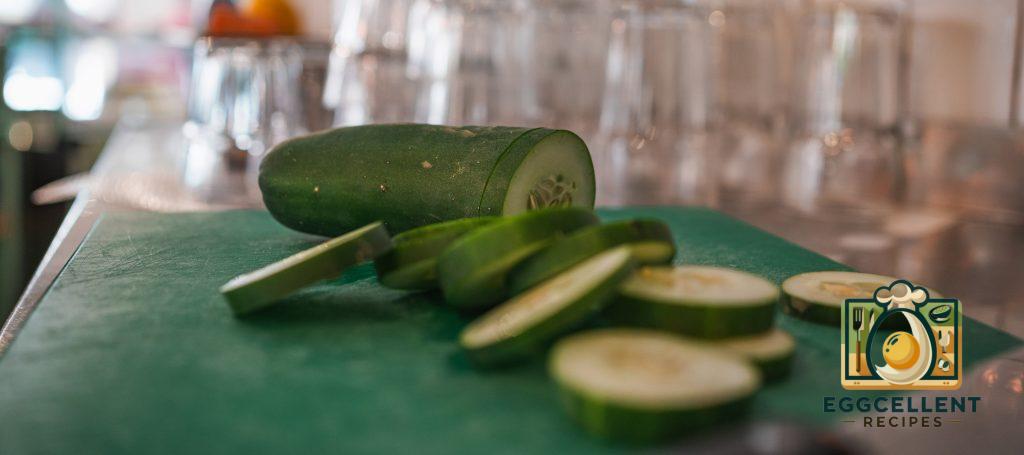
Cucumbers contain around 15 calories per 100 grams and are incredibly refreshing due to their high water content.
- Benefits: Rich in vitamin K, potassium, and antioxidants.
- How to Use: Add cucumber slices to water, enjoy them in salads, or dip them in Greek yogurt for a healthy snack.
3. Zucchini
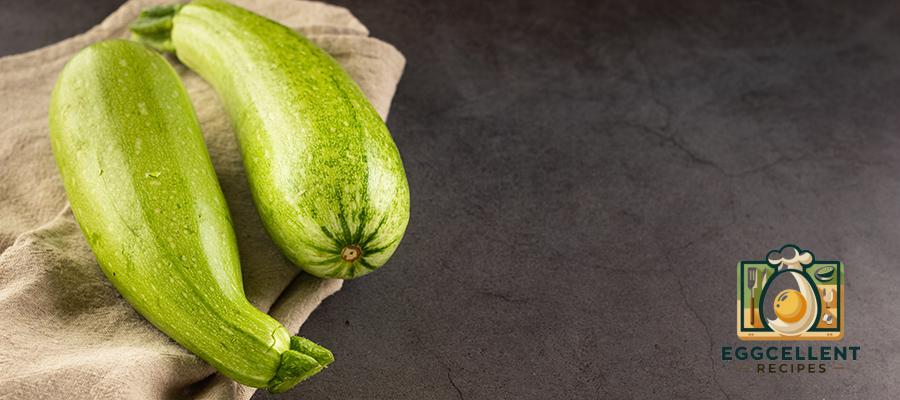
Zucchini, or summer squash, is low in calories, with only about 17 calories per 100 grams. It’s versatile and can be used in various dishes.
- Benefits: High in vitamins A and C, magnesium, and potassium.
- How to Use: Use zucchini noodles as a pasta substitute, add it to stir-fries, or roast it with spices for a tasty side dish.
4. Tomatoes
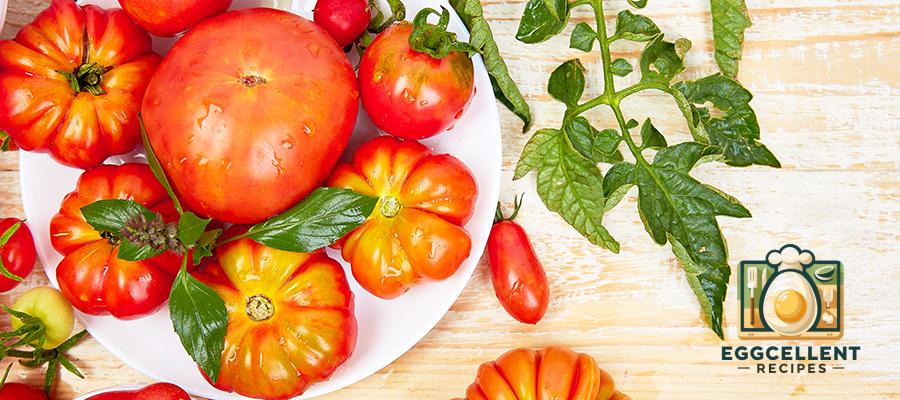
Tomatoes contain around 18 calories per 100 grams and are packed with antioxidants, particularly lycopene, which is linked to heart health.
- Benefits: High in vitamins C and K, potassium, and fiber.
- How to Use: Add tomatoes to salads, blend them into sauces, or enjoy them as a snack with a sprinkle of salt and pepper.
5. Watermelon
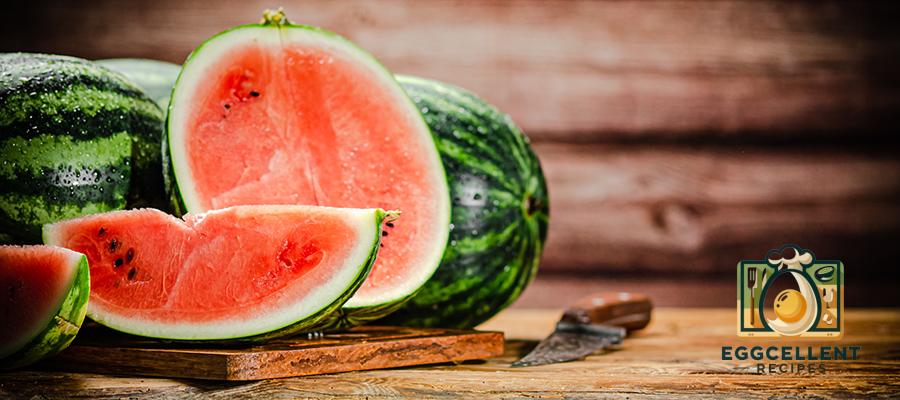
Watermelon is about 30 calories per 100 grams and is made up of over 90% water, making it a hydrating and low-calorie fruit.
- Benefits: Rich in vitamins A and C, as well as antioxidants like lycopene.
- How to Use: Enjoy fresh watermelon slices, blend it into a refreshing smoothie, or add it to fruit salads.
6. Lettuce
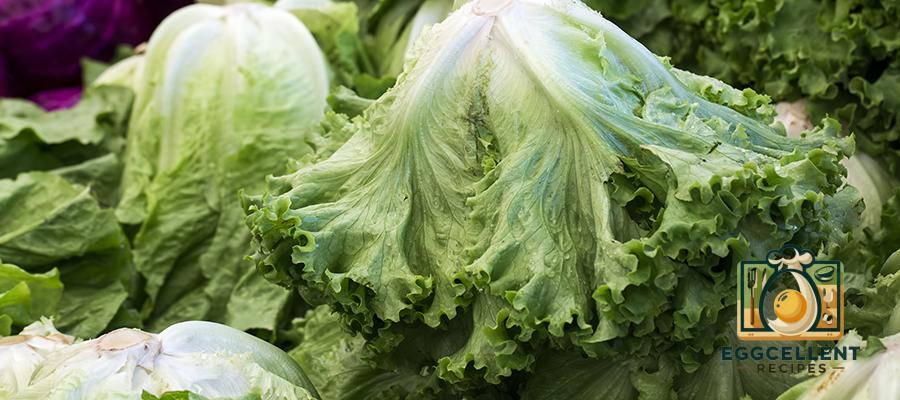
Lettuce, particularly varieties like romaine and iceberg, is very low in calories at about 15 calories per 100 grams and is high in water and fiber.
- Benefits: Contains vitamins A, K, and folate.
- How to Use: Use lettuce as a base for salads, in wraps, or as a crunchy addition to sandwiches.
7. Cauliflower
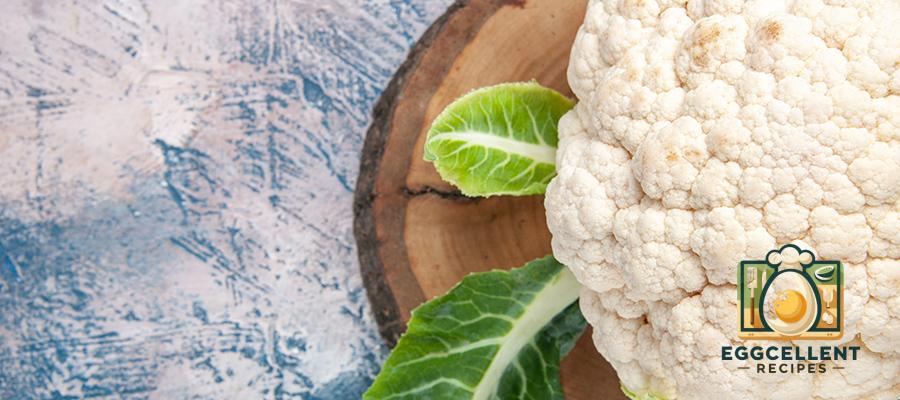
Cauliflower contains around 25 calories per 100 grams and is highly versatile. It can mimic the texture of higher-calorie foods like rice and potatoes.
- Benefits: High in fiber, vitamin C, and B vitamins.
- How to Use: Make cauliflower rice, mash it as a low-calorie potato substitute, or add it to curries and stir-fries.
8. Bell Peppers

Bell peppers contain approximately 31 calories per 100 grams and come in various colors, each packed with unique antioxidants and vitamins.
- Benefits: High in vitamins C, A, and fiber.
- How to Use: Slice them as a snack, add them to salads, or roast them for a smoky side dish.
9. Grapefruit
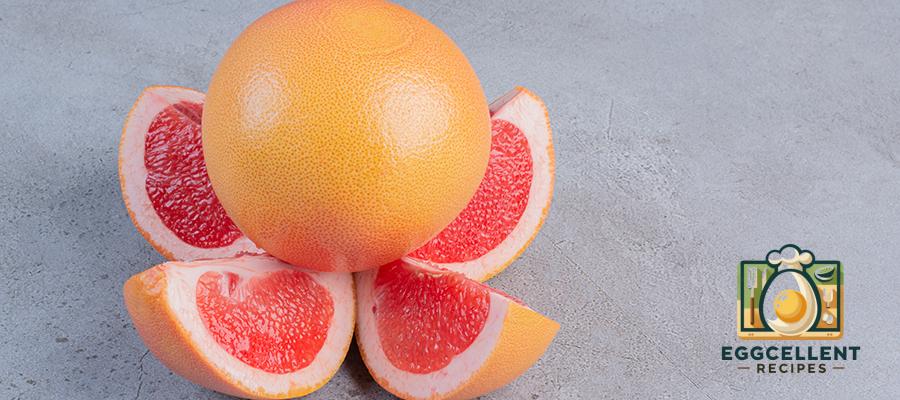
Grapefruit has about 42 calories per 100 grams and is known for its slightly bitter, refreshing taste. It may even help with weight loss by improving insulin sensitivity.
- Benefits: Rich in vitamins C and A, and antioxidants.
- How to Use: Eat grapefruit halves for breakfast, add slices to salads, or enjoy it as a refreshing snack.
10. Broccoli
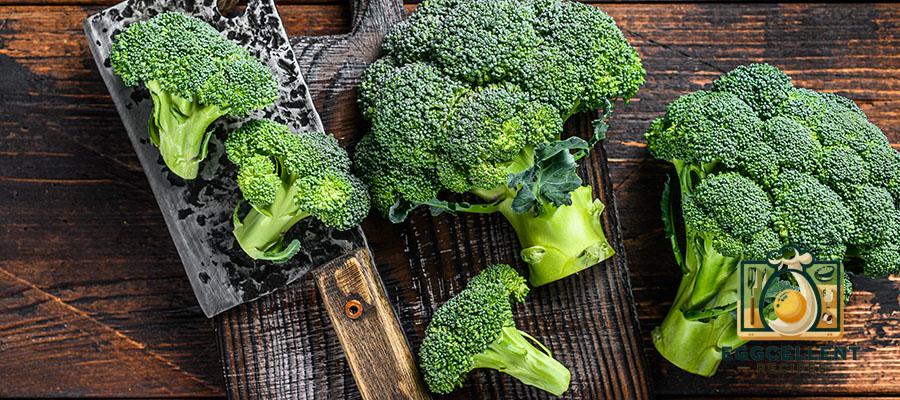
Broccoli contains around 34 calories per 100 grams and is packed with fiber, which promotes satiety and healthy digestion.
- Benefits: High in fiber, vitamin C, and potassium.
- How to Use: Enjoy steamed broccoli as a side dish, add it to stir-fries, or blend it into soups for a nutrient-rich base.
11. Mushrooms
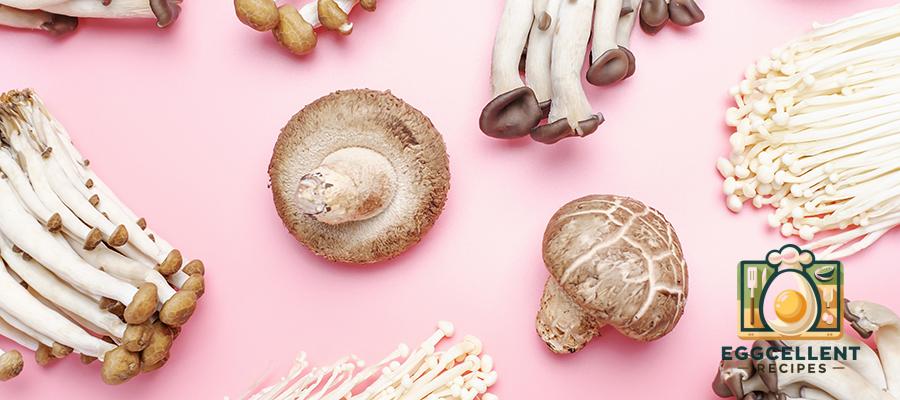
Mushrooms are low in calories, with about 22 calories per 100 grams, and they add a savory, umami flavor to dishes without adding many calories.
- Benefits: Rich in B vitamins, selenium, and antioxidants.
- How to Use: Sauté mushrooms for a topping, add them to pasta dishes, or use them in salads.
12. Asparagus
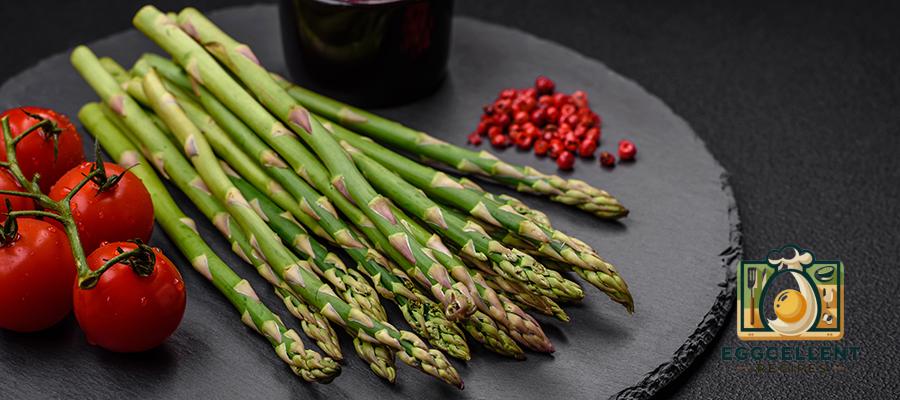
Asparagus contains roughly 20 calories per 100 grams and is known for its diuretic properties, which can help reduce water retention and bloating.
- Benefits: High in vitamins A, C, E, and folate.
- How to Use: Steam asparagus as a side dish, grill it for added flavor, or use it in salads.
13. Spinach
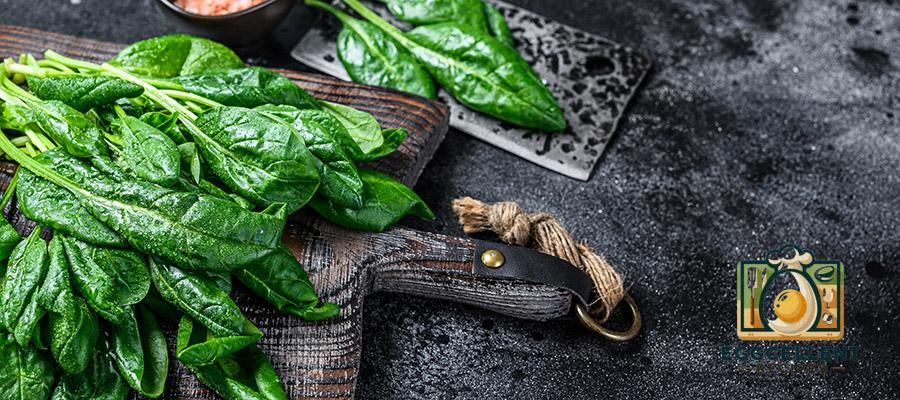
Spinach is nutrient-dense but low in calories, with only about 23 calories per 100 grams. It’s loaded with iron, calcium, and magnesium, supporting overall health.
- Benefits: Rich in vitamins A, C, K, and minerals like iron.
- How to Use: Add spinach to smoothies, salads, or sauté it as a side dish.
14. Radishes
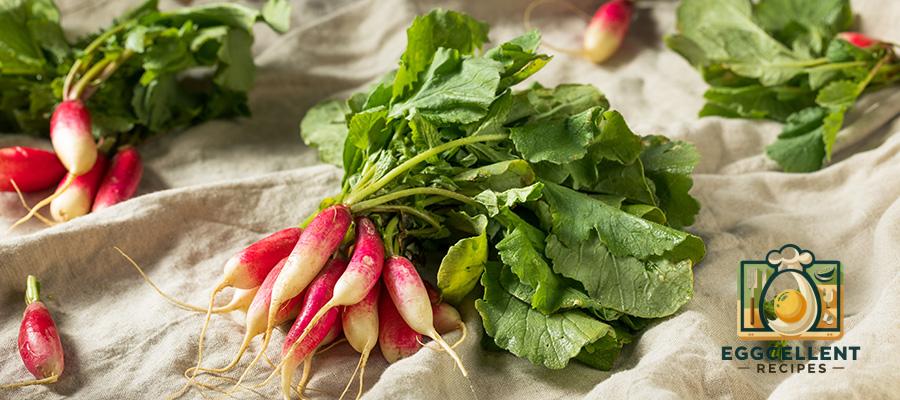
Radishes contain about 16 calories per 100 grams and add a crunchy, peppery flavor to dishes. They’re high in water and fiber, which makes them filling without being calorie-dense.
- Benefits: High in vitamin C and antioxidants.
- How to Use: Add radishes to salads, slice them as a snack, or pickle them for extra flavor.
15. Cabbage
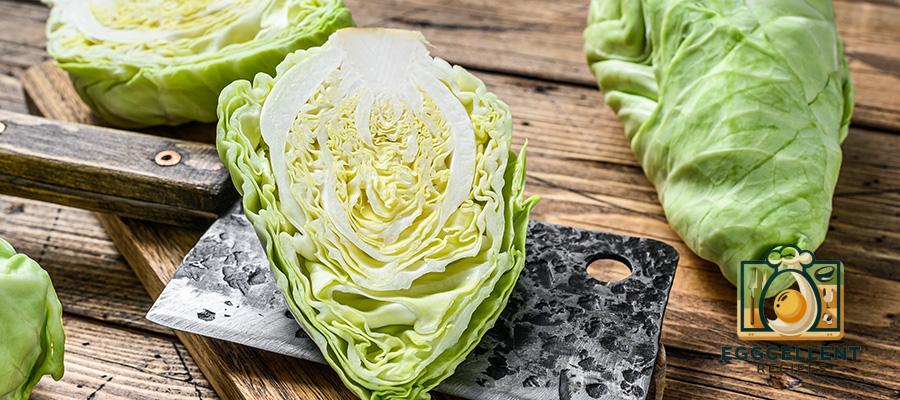
Cabbage has about 25 calories per 100 grams and is incredibly versatile. It’s rich in fiber, vitamins, and minerals, supporting digestion and immunity.
- Benefits: High in vitamins C, K, and fiber.
- How to Use: Use cabbage in slaws, soups, stir-fries, or enjoy it fermented as sauerkraut.
Benefits of Including Zero-Calorie Foods in Your Diet

Incorporating zero-calorie foods into your diet offers various health benefits:
- Weight Management: These foods can fill you up without adding too many calories, making it easier to manage weight.
- Hydration: Many zero-calorie foods have a high water content, helping keep you hydrated.
- Nutrient Density: Zero-calorie foods are packed with essential nutrients, supporting overall health without excess calories.
- Improved Digestion: The high fiber content in many of these foods promotes healthy digestion, reducing bloating and supporting gut health.
Tips for Using Zero-Calorie Foods
Here are some ways to incorporate these foods into your daily meals:
- Start with a Salad: Begin meals with a salad made of leafy greens, cucumbers, and tomatoes to fill up on low-calorie foods before higher-calorie items.
- Snack Smartly: Choose low-calorie foods like celery, carrots, or radishes as snacks to satisfy cravings without adding extra calories.
- Make Veggie Swaps: Substitute high-calorie foods with vegetables, such as using cauliflower rice instead of white rice, or zucchini noodles instead of pasta.
- Stay Hydrated: Add zero-calorie foods with high water content, like watermelon and cucumbers, to help stay hydrated.
Final Thoughts
Zero-calorie foods are an excellent addition to a healthy, balanced diet, especially if you’re looking to manage weight, stay hydrated, and boost your nutrient intake. By incorporating these foods into your meals and snacks, you can enjoy a wide variety of delicious, low-calorie options that support overall health and help keep you feeling full.
Remember, balance is key—pairing these foods with sources of protein, healthy fats, and whole grains will ensure you’re meeting all your nutritional needs for a satisfying and sustainable diet.



